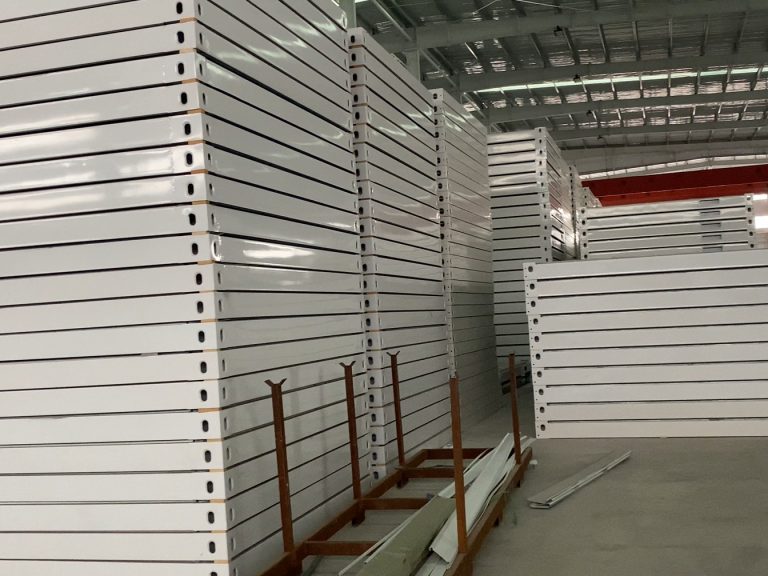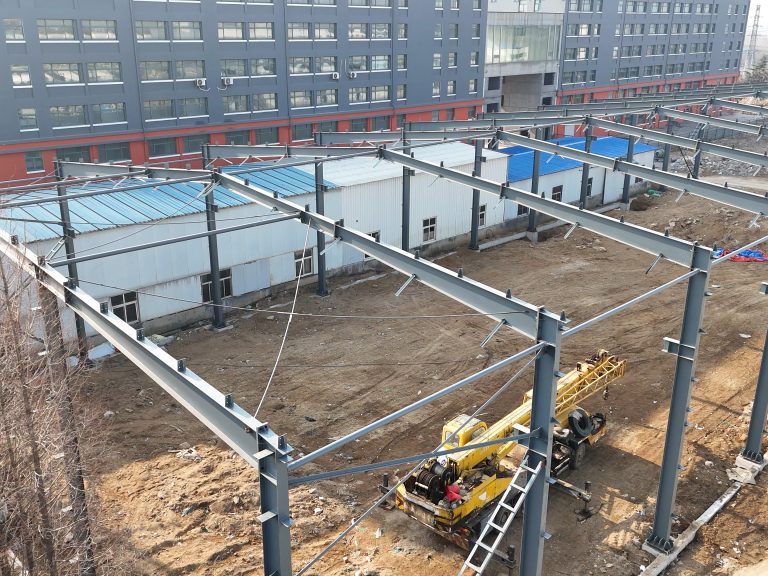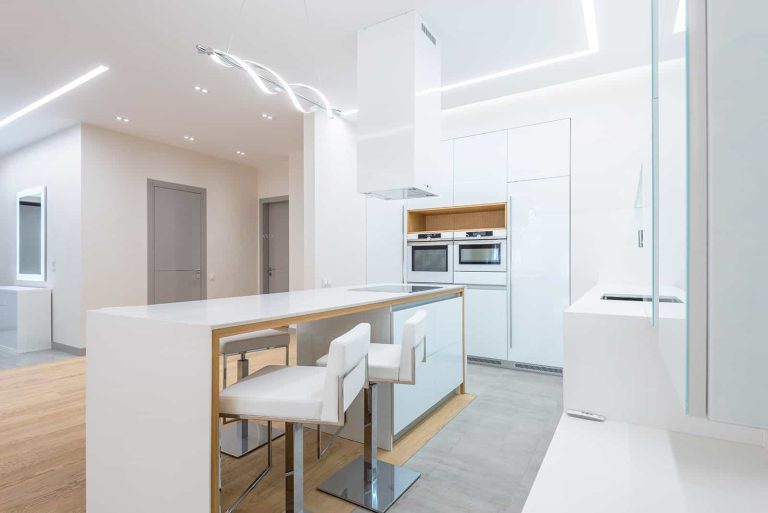Table of Contents
Benefits of Using Steel in Modern Architecture
Steel has long been a popular material in modern architecture due to its numerous benefits and aesthetic appeal. From skyscrapers to bridges, steel structures have become a staple in the construction industry for their strength, durability, and versatility. In this article, we will explore the various benefits of using steel in modern architecture and how it contributes to the overall aesthetic of a building.
One of the key advantages of using steel in construction is its strength-to-weight ratio. Steel is incredibly strong and can support heavy loads without bending or buckling. This allows architects and engineers to create larger, more open spaces without the need for additional support columns or walls. The use of steel also allows for greater flexibility in design, as it can be easily shaped and molded into various forms to create unique and innovative structures.
In addition to its strength, steel is also highly durable and resistant to corrosion. Unlike other building materials such as wood or concrete, steel does not rot, warp, or crack over time. This makes steel structures more resilient to harsh weather conditions and natural disasters, ensuring the longevity of the building. Steel is also fire-resistant, which adds an extra layer of safety and protection to the structure.
Another benefit of using steel in modern architecture is its sustainability. Steel is one of the most recycled materials in the world, with a recycling rate of over 90%. This means that steel can be reused and repurposed multiple times without losing its strength or quality. By using recycled steel in construction, architects can reduce the environmental impact of their projects and contribute to a more sustainable future.
From a design perspective, steel offers a sleek and modern aesthetic that is highly sought after in contemporary architecture. The clean lines and smooth surfaces of steel structures create a sense of elegance and sophistication that is unmatched by other materials. Steel can be painted or coated in a variety of colors and finishes, allowing architects to customize the appearance of the building to suit their vision.
Steel structures also have the advantage of being prefabricated off-site, which can significantly reduce construction time and costs. Prefabricated steel components are manufactured in a controlled environment and then assembled on-site, minimizing the risk of errors and delays during the construction process. This efficiency makes steel an attractive option for large-scale projects that require quick turnaround times.
In conclusion, the aesthetic appeal of steel structures is undeniable. From its strength and durability to its sustainability and design flexibility, steel offers a wide range of benefits that make it an ideal choice for modern architecture. Whether used in skyscrapers, bridges, or residential buildings, steel continues to be a popular material that enhances the visual appeal and functionality of any structure. As technology continues to advance, we can expect to see even more innovative uses of steel in architecture that push the boundaries of design and construction.
Incorporating Steel Structures in Interior Design
Steel structures have long been associated with industrial and commercial buildings, but in recent years, they have also found their way into interior design. The aesthetic appeal of steel structures lies in their sleek and modern look, as well as their durability and versatility. Incorporating steel structures into interior design can add a touch of sophistication and elegance to any space.

One of the key advantages of using steel structures in interior design is their strength and durability. Steel is a highly durable material that can withstand heavy loads and extreme weather conditions. This makes it an ideal choice for supporting structures such as beams, columns, and trusses in interior spaces. Steel structures are also resistant to fire, pests, and rot, making them a long-lasting and low-maintenance option for interior design.
In addition to their durability, steel structures offer a sleek and modern aesthetic that can enhance the overall look of a space. The clean lines and minimalist design of steel structures can create a sense of openness and spaciousness in a room. Steel beams and columns can be left exposed to add an industrial touch to a space, or they can be painted or covered with other materials to blend in with the rest of the decor.
Steel structures are also highly versatile and can be used in a variety of ways in interior design. They can be used to create open floor plans by supporting large spans of space without the need for additional support columns. Steel beams can be used to create unique architectural features such as vaulted ceilings, cantilevered balconies, and floating staircases. Steel trusses can be used to create dramatic rooflines or to support skylights and large windows.
When incorporating steel structures into interior design, it is important to consider the overall aesthetic of the space and how the steel elements will complement the existing decor. Steel structures can be combined with other materials such as wood, glass, and concrete to create a harmonious and balanced design. The contrast between the sleek, industrial look of steel and the warmth and texture of other materials can create a visually striking and dynamic space.
In conclusion, the aesthetic appeal of steel structures in interior design lies in their strength, durability, versatility, and modern aesthetic. Steel structures can add a touch of sophistication and elegance to any space, creating a sense of openness and spaciousness. By incorporating steel beams, columns, trusses, and other elements into interior design, designers can create unique and visually striking spaces that are both functional and beautiful. Whether used to create architectural features or as structural support, steel structures can enhance the overall look and feel of a room, making them a popular choice for modern interior design.







